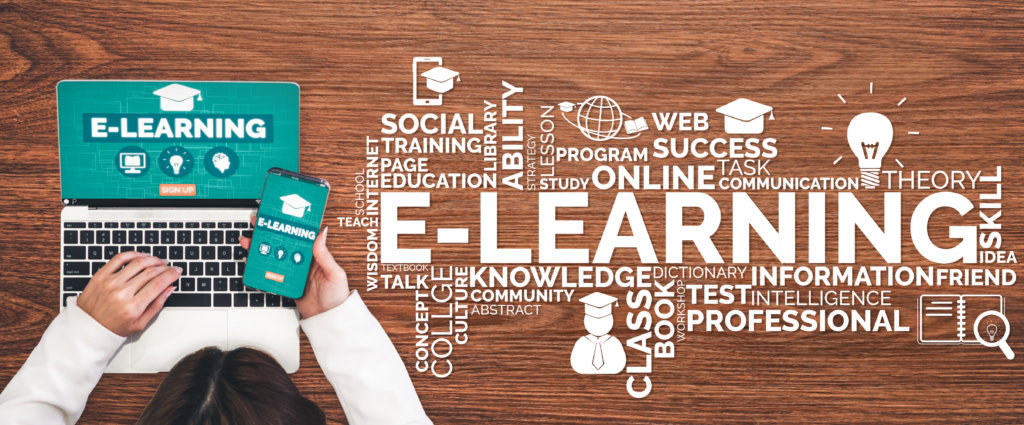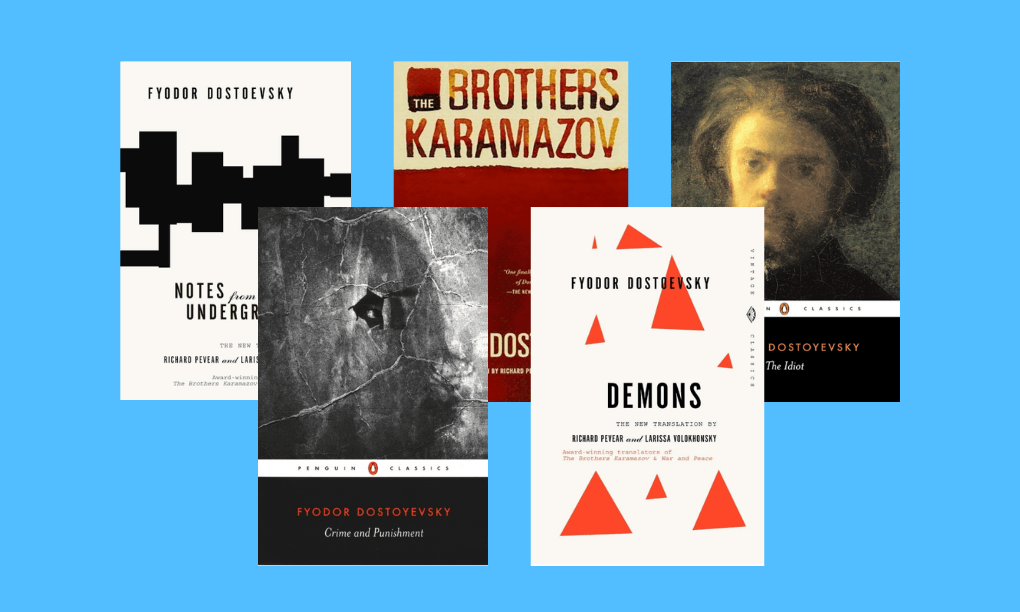It is the news in the world of textbook publishers! The world’s largest textbook publishing company has recently announced its transition to a “digital first” publishing model from a traditional paperback-driven business model. This publishing company counts its history longer than a century and brings innovation and digital transformation into the textbook publishing industry, which will drastically change the way college students acquire their college materials.
Pearson‘s Digital-First Strategy
Now let’s have a look at a business model of a traditional educational publishing company: it commissions a full-time college professor to write a book under a contract with a publisher. Once the textbook is written, the publisher puts out a print edition, attracts course instructors to adopt it, and then sells it in college bookstores. In case the textbook gains popularity, I will commission an updated edition from the same professor under a new contract in a few years’ time. Some books undergo many editions: for example, Campbell’s Biology dates back to 1987 and is now in its 11th edition.
The trend in the traditional educational publishing industry for the past decade has been to raise textbook prices to account for financial losses due to the development of the market of used books and digital educational materials. One of the main reasons why publishers keep opting for new editions of textbooks is to oblige professors to make students pay for the newer editions; otherwise, they would end up borrowing course books from their older peers or buying second-hand books. Therefore, such a traditional model popularised by the top educational publishers is very inefficient due to the amount of effort involved—writing, producing, printing and distributing a new version of a textbook—just with some small amount of edited material and formatting.
Nowadays, no one cares about the students who have to put up with massive tuition fees and high textbook costs. Let’s have a look at the stratospheric costs of new textbooks: the 7th edition of Samuelson’s Economics used to be sold for just $10, whereas today, the hardcopy retail price reaches $220. Even if we take into account inflation, the price has more than tripled over the past 50 years. And the most interesting is that the core information in the book has stayed the same! What a waste of money for students it is, isn’t it?
Until recently, students had no other choice but to put up with the crazy prices in bookstores or look for pinned adverts on the dining hall bulletin boards to check if someone was selling a used copy of a textbook they needed. With the development of the internet and e-commerce businesses, it is no longer a problem to find a used textbook sold at half the price of the original one—you can check BooksRun’s website to find any textbook you need. Moreover, professors can now find alternative materials online and use open educational resources and trade books without making students buy the latest versions of textbooks.

Later the time of eTextbooks arrived. Digital versions of popular textbooks have not won wide popularity at the beginning due to their limited additional functionality—it was much more convenient to use paper versions for revising. Reading text material on the screens of PCs and Macs is not a great experience; on top of that, the PDF format of early eTextbooks was not suitable for mobile devices, so readers were limited with the choice of gadgets they could use for reading eBooks. More recently, academic publishers started to offer students a service of eTextbooks rental (it is an e-book with DRM that expires at the end of the semester).
Nevertheless, despite such tweaks to the traditional business model of college textbook publishers, they keep suffering from financial losses due to not getting commission from students reselling their textbooks. Students have become financially savvy and are not buying new textbooks at gigantic prices either. This pushes major textbook publishing companies like Pearson to search for new business models to maximize their revenues. Pearson’s announcement to turn to the digital-first business model is set to disrupt the status quo in the world of academic publishing: from now on, their textbook production and distribution will be happening through digital channels. They publish around 1,500 titles only in the US and are planning on using the e-textbook format as the primary delivery vehicle. Digital textbooks will be in XML-based formats to make them suitable for mobile devices and will be rent for a semester at an average price of $40. The e-textbook rental will be possible only directly to students, will be one term-long and will cost around $40. The largest educational publisher Pearson will stop updating the print editions of all its textbooks with the only exception of 100 specific titles. They will stop selling their textbooks—instead, they will only rent them directly to students.
New Business Model in Educational Publishing Industry

So will this business format stop Pearson from losing money? Will this model attract more customers and academic users? For the company, this means that it will be much easier to update content and distribute such updated eTextbooks to customers in comparison with print books—it is no longer required to produce entirely new books to incorporate a few amendments. Moreover, it will not be necessary to encourage course instructors to adopt such newer editions of textbooks. EBooks can be customized and reformatted to suit individual preferences and reflect changes in different devices and apps.
Other strategic advantages of the digital-first scheme for the biggest textbook publishers include the following: Pearson will be able to take control of their distribution channels. They will rent textbooks directly to students and will bypass intermediaries such as college bookstores, for instance (let’s be frank here, this market in the US is monopolized by Follett). Therefore, despite the much lower prices that major textbook publishers like Pearson will be able to charge their customers, it is expected that in the long run, they will increase their margins and get better data about sales which will enable smarter product decisions.
If a publisher decides to move towards a digital-first business model, it will require fundamental changes in the way text materials get produced. Rather than creating a new textbook to get printed, authors have to commit to continuous updates of material over a long period of time. This entails a major change for professors who are used to writing a complete textbook and then updating their CVs with this new edition. From now on, it is important that textbooks get created using XML-based layout technologies rather than with print page-oriented tools such as QuarkXPress or Adobe InDesign. In this digital-first era, it will also be important to reconsider rights to the many materials used within traditional textbooks – photos, illustrations, tables, etc.
It is a big chunk of work, and it is unsurprising that Pearson has been working for several years to lay the groundwork for the digital-first strategy. Other major educational publishers have followed the same procedure—though Pearson is the first to complete the transition. At the same time, Pearson is not the first educational textbook company to try a new distribution model. In 2018, Cengage, another largest textbook publisher, came up with a subscription service where students can access eBook versions of any titles that Cengage publishes for $120 per semester or $180 per school year. There is also an option to rent the books in print for an additional $8 per semester each. There is an online calculator that allows students to see whether they will save money by signing up for this new distribution model by Cengage—Cengage Unlimited—instead of buying textbooks.
It is an example that shows that Cengage has taken steps to gain control over textbooks’ distribution channels as well. It is opposite to the move that the largest educational publishers made in the 2000s: they formed a joined venture CourseSmart to let students buy or rent eTextbooks from all the participating publishers. Later they sold CourseSmart to the publishing services giant Ingram Content Group and made some of their titles unavailable through this service.
Digital transformation is an important characteristic of the educational publishing industry nowadays because the high-priced print book model is no longer working. Cengage came up with a new subscription model to overcome its 2013 bankruptcy: it was not easy because this school textbook publisher had to settle lawsuits from authors over rights and royalty issues. To improve their financial situation, Cengage decided to go for a merger with another major educational textbook publisher McGraw-Hill. In regards to finance, top educational publisher Pearson expects its revenue from the US market to decline 5% this year.
It is inevitable that other major higher education publishers—including the big three textbook publishers Wiley, Macmillan, and McGraw-Hill/Cengage—will follow Pearson’s transformation into digital-first textbook publishing. In return, this will transform the way American students consume text materials and pay for them. For students, this can arrive in the following situation: the more the largest educational publishers take control of distribution channels, the more students may need to sign up for every subscription service. For an analogy, imagine the situation when you have to sign up for Amazon Prime, Hulu, Netflix, and Apple TV+ all at the same time—in order to get your eTextbooks each semester. That is why we think that it is too early to say that print books will stop their existence—because it is up to the students to vote with their wallets whether they will go digital (having to put up with subscription prices) or choose used print books. However traditional they are, they still offer the most comfortable and pleasant reading experience! After passing the digital-first stage, educational publishers might move to the next digital transformation stage: producing content in smaller digital “learning objects.” This will require amendments to the editorial, production, and distribution process as we know them today. Let’s look at the print book publishing future with open eyes and bright hopes since textbooks will always find their way to students; BooksRun is sure about that!
Summary of the Article
The main topics in this article concern the biggest textbook publishers, major textbook companies, educational publishers, Pearson, eBooks, educational materials, higher margins, textbook distribution, etc.


